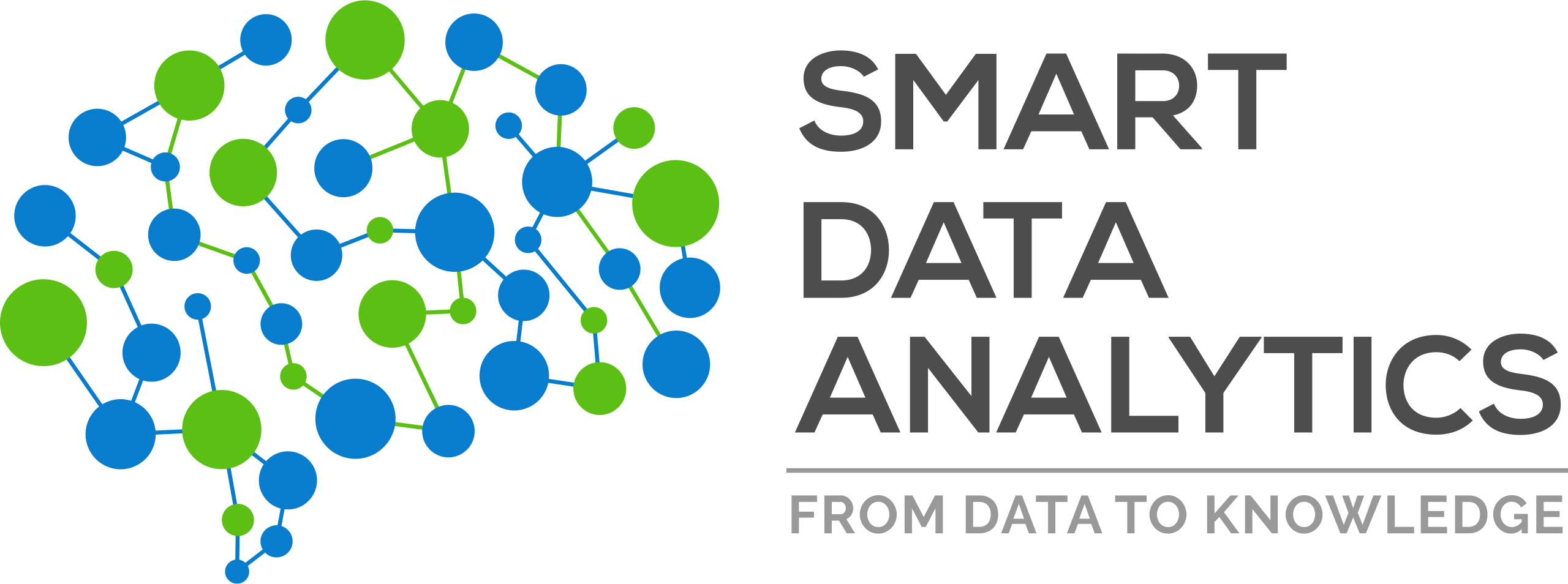We are thrilled to announce that our paper “LogicENN: A Neural Based Knowledge Graphs Embedding Model with Logical Rules” has been published in IEEE Transactions on Pattern Analysis and Machine Intelligence (TPAMI). TPAMI publishes articles on all traditional areas of computer vision and image understanding, all traditional areas of pattern analysis and recognition, and selected areas of machine intelligence, with a particular emphasis on machine learning for pattern analysis. Areas such as techniques for visual search, document and handwriting analysis, medical image analysis, video and image sequence analysis, content-based retrieval of image and video, face and gesture recognition and relevant specialized hardware and/or software architectures are also covered.
LogicENN: A Neural Based Knowledge Graphs Embedding Model with Logical Rules
By
Mojtaba Nayyeri,
Chengjin Xu,,
Mirza Mohtashim Alam,
Jens Lehmann, and
Hamed Shariat Yazdi.
Abstract
Knowledge graph embedding models have gained significant attention in AI research. The aim of knowledge graph embedding is to embed the graphs into a vector space in which the structure of the graph is preserved. Recent works have shown that the inclusion of background knowledge, such as logical rules, can improve the performance of embeddings in downstream machine learning tasks. However, so far, most existing models do not allow the inclusion of rules. We address the challenge of including rules and present a new neural based embedding model (LogicENN). We prove that LogicENN can learn every ground truth of encoded rules in a knowledge graph. To the best of our knowledge, this has not been proved so far for the neural based family of embedding models. Moreover, we derive formulae for the inclusion of various rules, including (anti-)symmetric, inverse, irreflexive and transitive, implication, composition, equivalence, and negation. Our formulation allows avoiding grounding for implication and equivalence relations. Our experiments show that LogicENN outperforms the existing models in link prediction.

